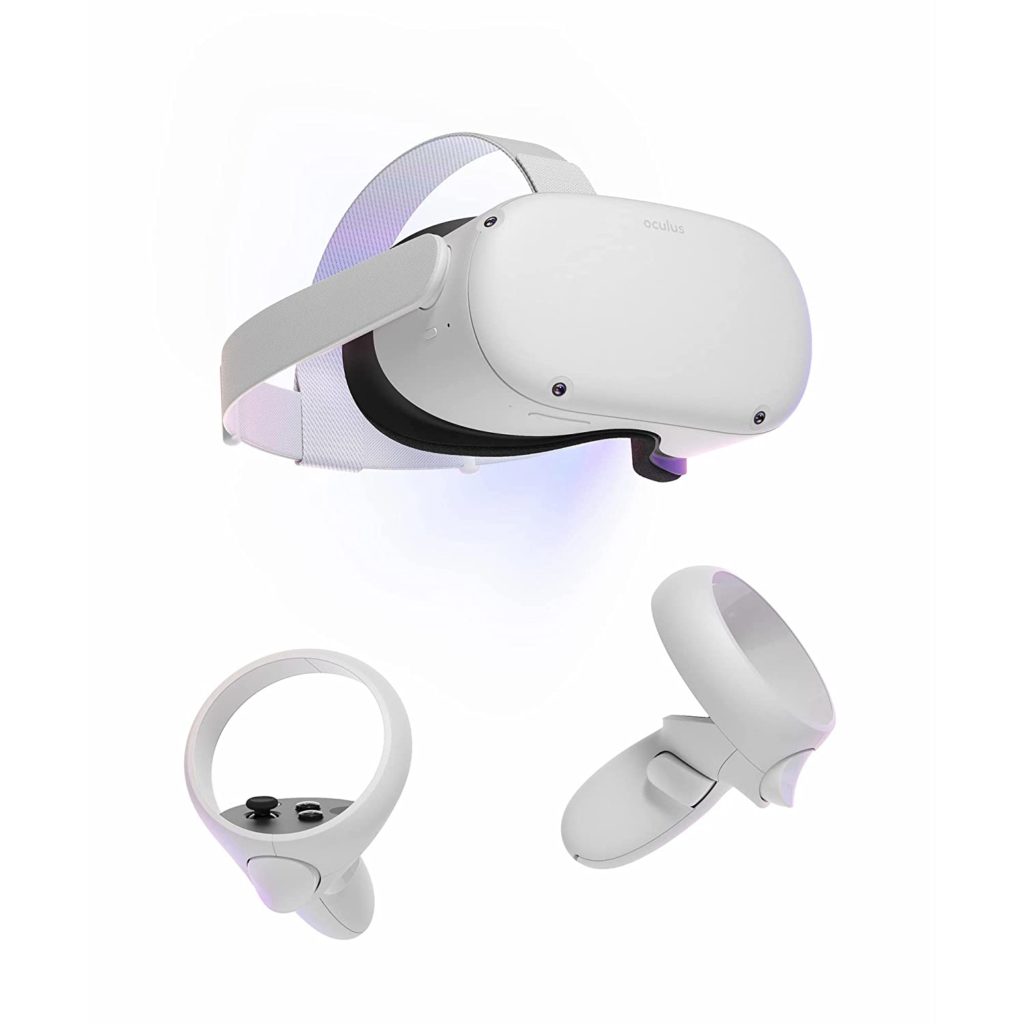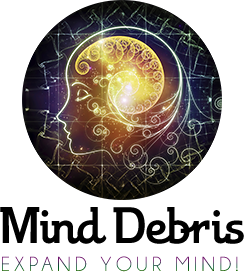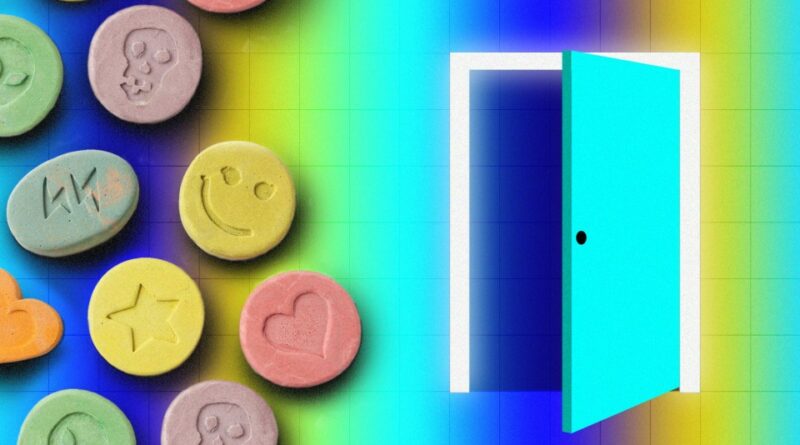Candy Flipping for Depression and Anxiety
[Please note that this page contains affiliate links. If you choose to purchase after clicking a link, I may receive a commission at no extra cost to you.]
The term ‘candy flipping’ is the street terminology for when someone takes a psychedelic like D-lysergic acid diethylamide (LSD), then 3 to 5 hours later 3,4-methylenedioxymethamphetamine (MDMA).
LSD and MDMA are the oldest form of candy flipping and have been known on the streets for decades.
Candy flipping is now being carefully researched for its therapeutic values.
Candy Flipping for Depression and Anxiety
Some scientists think it has medicinal value for things like anxiety and depression, whereas, on the other side of the fence, some researchers believe it’s risky with potential dangers.
They began phase one clinical trial of their candy flipping experiment on the effects of LSD coinciding with MDMA at the start of this year in January 2021, which is the first this type of experiment.
MindMed is doing its research through Liechti Lab at the University of Basel.
MindMed took 24 healthy subjects are given four separate sessions with four different doses over a year.
The test subjects will be given 100 micrograms of LSD with an MDMA placebo, 100 milligrams of MDMA with an LSD placebo, or both drugs or placebos.
The scientists will examine body temperature, heart rate, blood pressure, and feelings with the combo of drugs.
Effects from Candy Flipping
The goal is to see if the MDMA effects can help take the edge off of the LSD trip.
The researchers can find out if it is easier for a patient on an LSD trip to have a better trip by stacking MDMA on top of it.
Their primary research looks at the therapeutic benefits of combining LSD with MDMA to treat anxiety, depression, and post-traumatic stress disorder (PTSD).
In the 1950s, when LSD was being studied as to how it works in the brain and found it replicates serotonin, it is classified as a ‘serotonergic hallucinogen.’
However, LSD has been studied for decades for its therapeutic values for anxiety, depression, PTSD.
It can induce a spiritual experience.
In addition, it has shown to be very useful for end-of-life treatment for people with life-threatening diseases.
MDMA was given a breakthrough status through the FDA last year to treat PTSD, fast-tracking their research from the first stage skipping over the second stage into its third and final phase and is set for legalization next year.
Neuroscience Behind Candy Flipping
Candy flipping may seem like a simple concept, but it gets a lot more complicated than when you bring physiology and neuroscience into the conversation.
The reason people feel a lot of happiness and love is because MDMA creates a love drug called oxytocin.
MDMA also releases dopamine and serotonin in the brain, which activates those two types of receptors to desensitize them from such a massive release.
For example, LSD releases serotonin and dopamine, where doing multiple candy-flipping sessions could develop serotonin syndrome, leading to many things like cold sweats to seizures.
The Food and Drug Administration (FDA) has already approved a nasal spray pulled synthesized from the same molecule as ketamine called esketamine.
Ketamine in a clinical setting was initially used as a potent anesthetic, but it has been found to help relieve the adverse effects of depression in recent years.
Sources:
https://doubleblindmag.com/candy-flipping-what-happens-when-you-mix-acid-and-molly/


